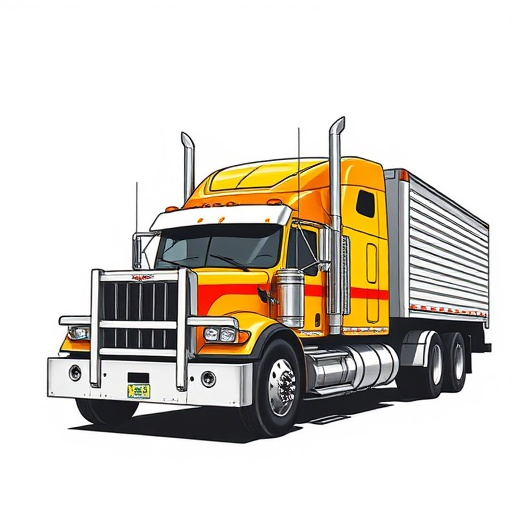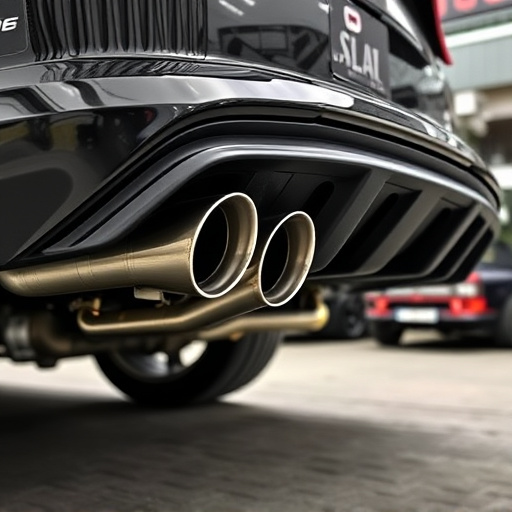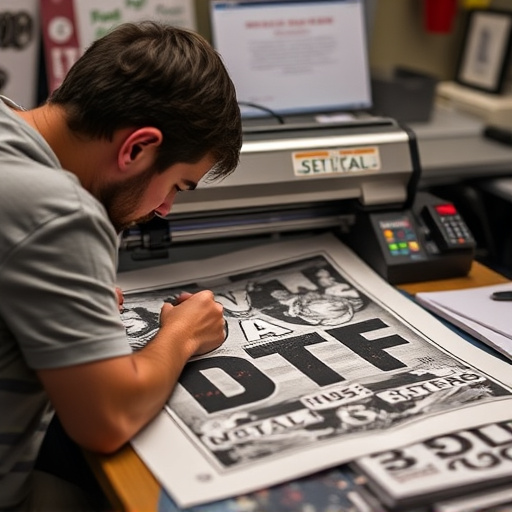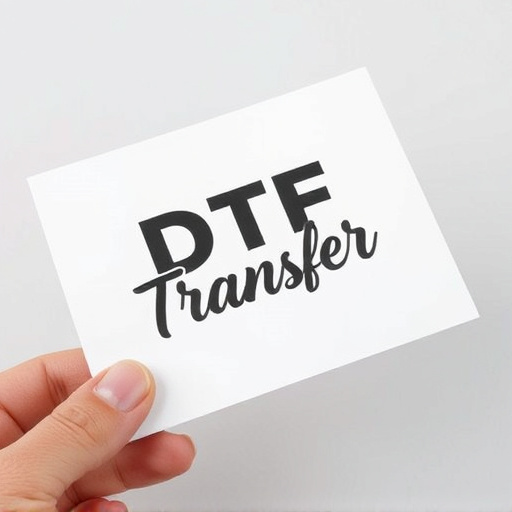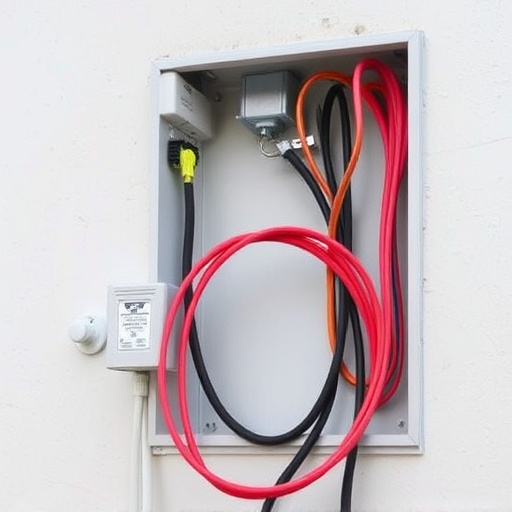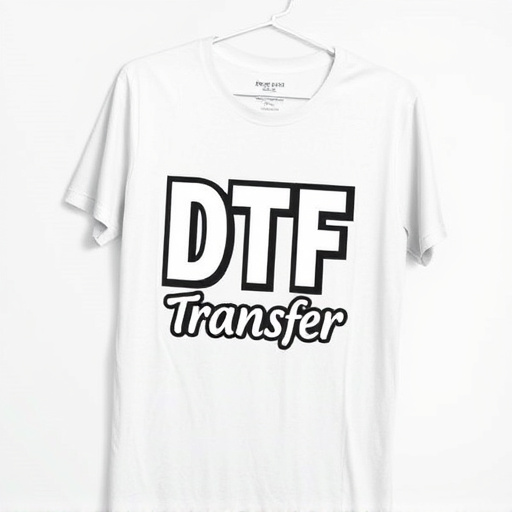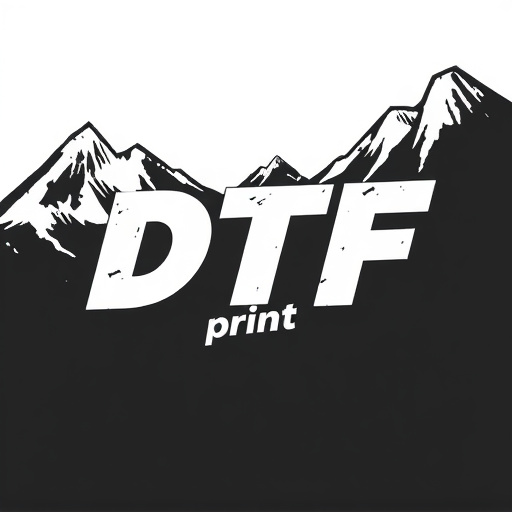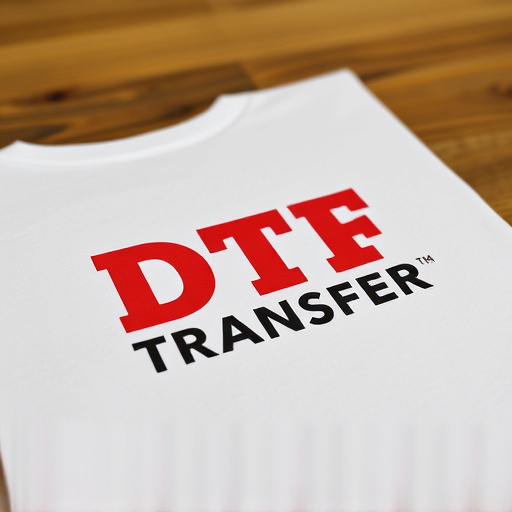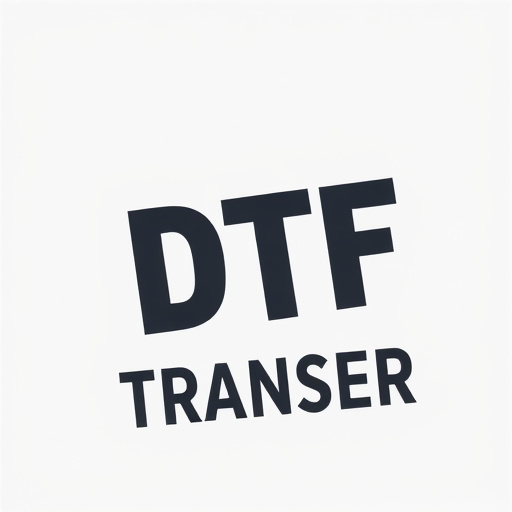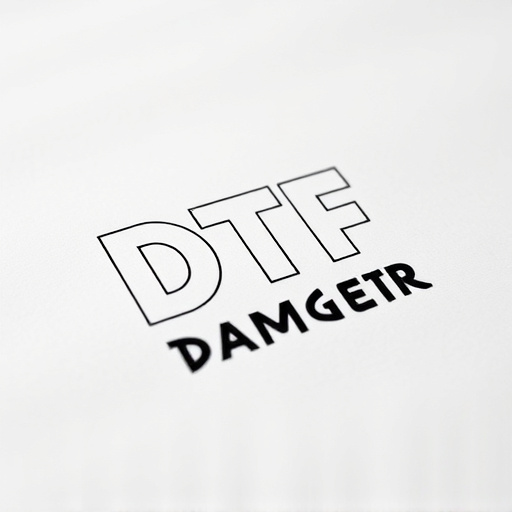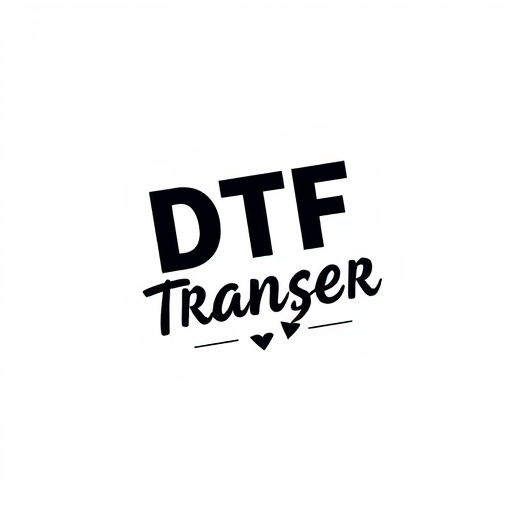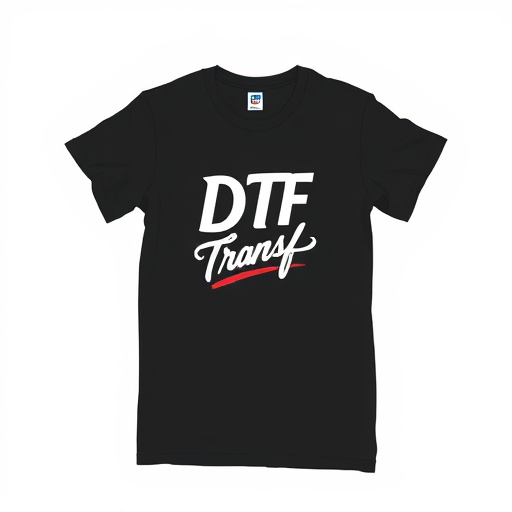Direct-to-Film (DTF) transfers revolutionize textile printing with precise, vibrant prints on diverse fabrics, democratizing custom apparel. This innovative process bypasses traditional methods, offering high-quality results and eliminating hefty setup costs for small businesses and entrepreneurs. DTF's seamless data transfer capabilities enhance operations and decision-making. Compared to heat transfer vinyl, DTF provides superior image fidelity, scratch resistance, and durability for outdoor use. While initial setup costs are higher, long-term savings make it ideal for maximizing profit margins on intricate designs. Both DTF transfers and heat transfer vinyl cater to distinct needs, with DTF suited for varied surfaces and detailed prints, while heat transfer vinyl excels in crafting applications and versatility.
In the realm of custom design, choosing the right printing method is paramount. Direct-to-film (DTF) transfers and heat transfer vinyl offer distinct approaches with unique advantages and drawbacks. This article delves into a comprehensive overview of DTF transfers, exploring their direct application to various surfaces. We then present heat transfer vinyl as an alternative, highlighting its benefits and cost-effectiveness. Through a side-by-side analysis of image fidelity, durability, and budget considerations, this guide helps users navigate the optimal choice for diverse applications, ultimately settling on the superior DTF Transfer method for their specific needs.
- Understanding Direct-to-Film (DTF) Transfers: A Comprehensive Overview
- Heat Transfer Vinyl: The Alternative Method and Its Benefits
- Quality Comparison: DTF vs Heat Transfer Vinyl in Terms of Image Fidelity
- Durability Analysis: Which Option Stands the Test of Time?
- Cost Considerations: Evaluating Budget-Friendliness for Custom Designs
- Applications and Use Cases: When to Choose Each Printing Method
Understanding Direct-to-Film (DTF) Transfers: A Comprehensive Overview

Direct-to-Film (DTF) transfers are a cutting-edge method in the textile printing industry, offering a unique and efficient approach to designing custom garments. This process eliminates the need for traditional screen printing or heat press methods by applying designs directly onto the fabric using specialized equipment and ink. With DTF Transfer, printers can achieve high-quality, vibrant prints on various materials, from cotton tees to polyester jackets, in a timely manner.
The technology behind DTF involves a precision printing mechanism that deposits ink directly onto the fabric’s surface, ensuring intricate details and rich colors. This method is particularly appealing for small business owners, entrepreneurs, and even individuals looking to create personalized apparel or merchandise. It provides an accessible way to bring designs to life without the hefty setup costs associated with traditional printing methods, making it a game-changer in the realm of custom clothing and promotional products.
Heat Transfer Vinyl: The Alternative Method and Its Benefits
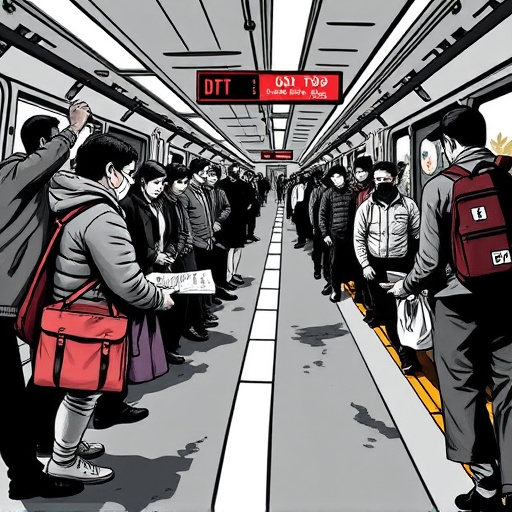
Quality Comparison: DTF vs Heat Transfer Vinyl in Terms of Image Fidelity

Direct-to-film (DTF) transfers and heat transfer vinyl are two popular methods for applying graphics to various surfaces, each with its unique advantages. When it comes to image fidelity, DTF transfers often hold an edge over traditional heat transfer vinyl. This is primarily due to the direct printing process where designs are transferred onto the final medium without any intermediate layers. As a result, DTF offers superior color accuracy and detail reproduction, ensuring that intricate patterns and fine lines appear more crisp and vibrant.
Heat transfer vinyl, while versatile and cost-effective, involves an additional step of heat application to fuse the design onto the substrate. This process can sometimes lead to slight variations in image quality, especially when dealing with complex artwork. The layering effect might cause subtle blurring or distortion around fine lines, resulting in a slightly lower level of detail compared to DTF transfers. However, for simpler designs or when budget constraints are a factor, heat transfer vinyl remains a viable option.
Durability Analysis: Which Option Stands the Test of Time?

When comparing direct-to-film (DTF) transfers and heat transfer vinyl, durability is a key factor to consider. DTF transfers are known for their superior scratch resistance and ability to maintain sharp prints even under harsh conditions. This makes them a popular choice for outdoor applications and high-traffic areas. The film acts as a protective layer, shielding the design from direct contact with surfaces and preventing wear and tear over time.
In contrast, heat transfer vinyl offers its own advantages in terms of durability. The bonding process creates a strong bond between the vinyl and the fabric or other materials, making it less prone to peeling or flaking. Additionally, the versatility of heat transfer vinyl allows for easy repair or replacement of damaged areas without compromising the overall design. While DTF transfers excel in scratch resistance, heat transfer vinyl provides a more flexible solution for maintaining long-lasting prints and designs.
Cost Considerations: Evaluating Budget-Friendliness for Custom Designs

When considering cost, direct-to-film (DTF) transfers often present a more budget-friendly option for custom designs compared to heat transfer vinyl. DTF transfers eliminate the need for separate printing and cutting processes, streamlining the production process and potentially reducing overall expenses. This simplicity is especially beneficial for small-batch orders or businesses with limited budgets, as it can significantly lower per-unit costs without compromising quality.
Furthermore, while initial setup costs for DTF transfers might be higher due to specialized equipment requirements, the long-term savings can be substantial. Heat transfer vinyl, on the other hand, may incur recurring expenses related to ink and consumables. For businesses aiming to maximize profit margins or individuals working on a tight budget, DTF transfers offer a compelling solution, ensuring cost-effectiveness without sacrificing the ability to create intricate and personalized designs.
Applications and Use Cases: When to Choose Each Printing Method
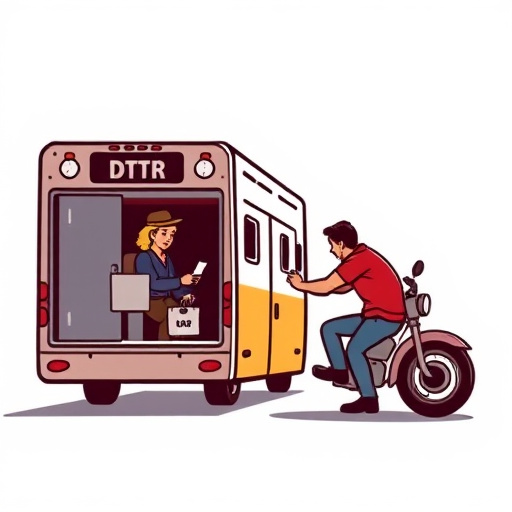
Direct-to-film (DTF) transfers and heat transfer vinyl (HTV) are two distinct printing methods, each with its own set of applications and use cases. DTF transfers are ideal for high-quality, durable printings on a variety of surfaces, including fabric, plastic, and metal. They’re commonly used in apparel, signage, and promotional products, where vibrant colors and intricate designs are required. For instance, custom t-shirts, banners, and stickers often benefit from DTF technology due to its ability to produce sharp details and rich color tones.
On the other hand, heat transfer vinyl is a versatile option for both complex and simple designs. It’s particularly well-suited for printing on materials that are not suitable for direct printing, such as dark fabrics or textured surfaces. HTV is widely used in the crafting industry for creating personalized items like mugs, phone cases, and tote bags. Additionally, its ease of application and ability to provide a smooth, durable finish make it a preferred choice for small-batch production and DIY projects. Choosing between DTF transfers and HTV depends on the specific needs of your project – whether it demands high-resolution printing on diverse surfaces (DTF) or versatility in crafting and customizing items (HTV).
